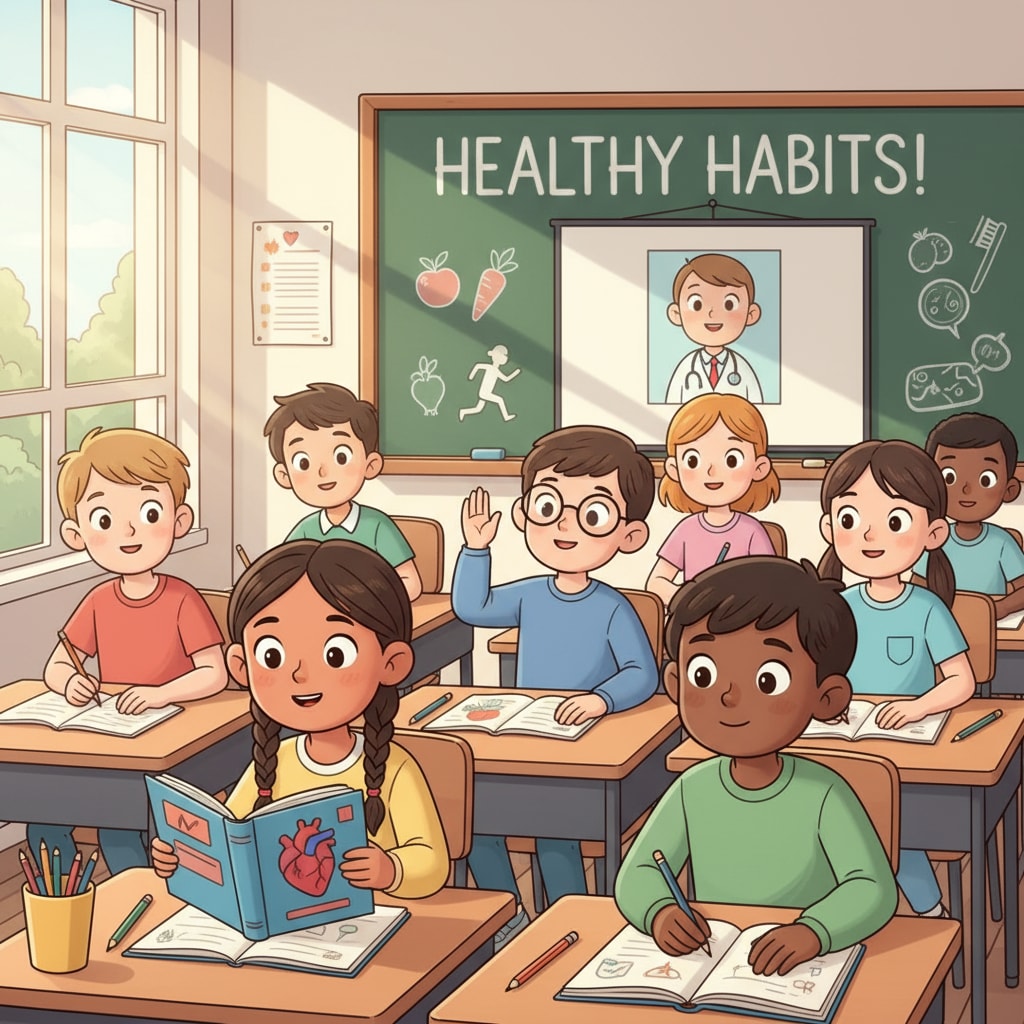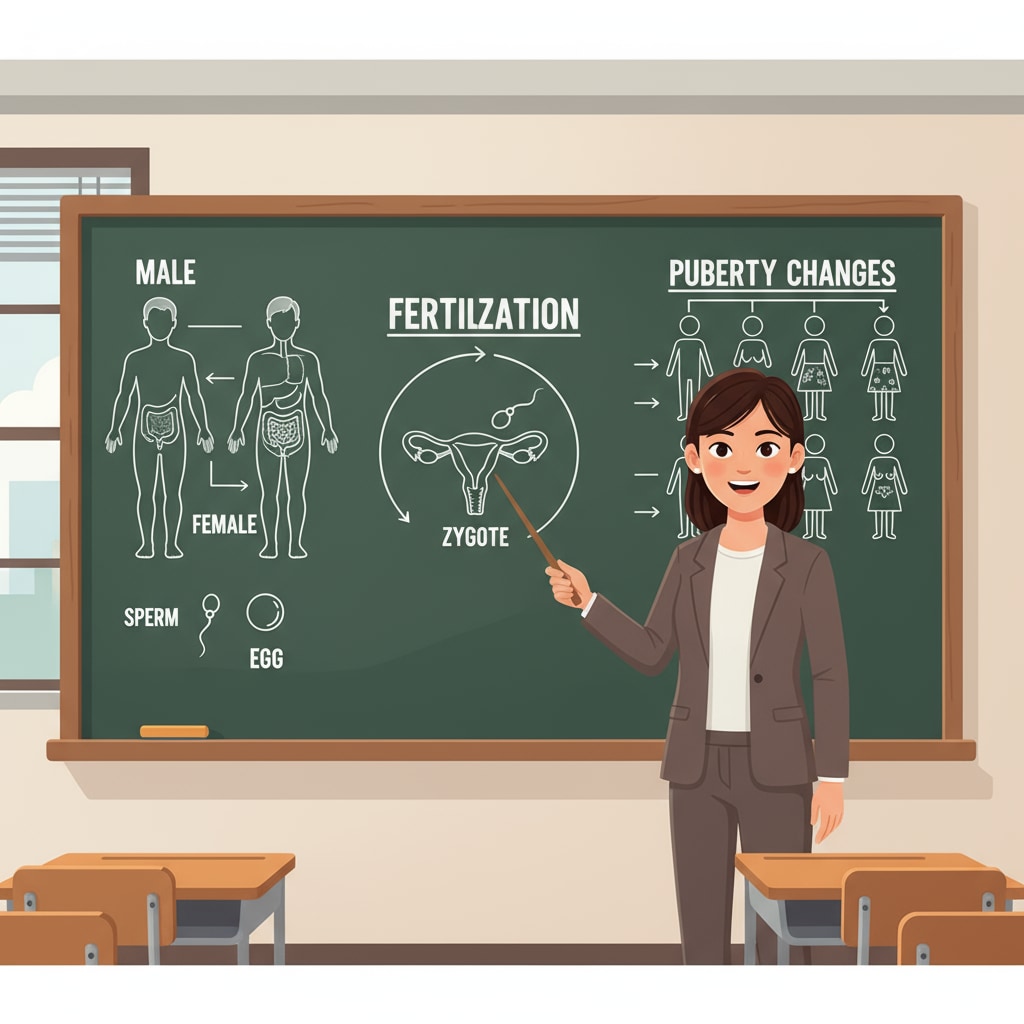Sex education, school education, and adolescent health are intertwined in a complex web that is often overlooked. In today’s educational landscape, the absence or insufficiency of sex education in schools is a prevalent issue with far-reaching consequences for teenagers.

This knowledge gap is quietly casting a shadow over the well-being of adolescents.
The Current State of Sex Education in Schools
Many schools around the world either avoid or provide minimal sex education. For example, in some regions, the curriculum barely touches on topics related to sexual health, reproduction, or relationships. This is due to various reasons, such as cultural taboos and lack of proper teacher training. According to UNICEF’s research on sexuality education, a large number of students are not receiving comprehensive and accurate sex education.

The Multiple Hazards to Adolescents
One major problem is the lack of knowledge about sexual health. Adolescents may engage in risky sexual behaviors unknowingly, increasing the risk of sexually transmitted infections (STIs) and unplanned pregnancies. Moreover, without proper guidance on relationships, they may struggle to handle romantic and sexual feelings healthily. This can lead to emotional distress and even affect their mental well-being. As WHO’s report on adolescent health points out, these issues can have long-term impacts on their lives.
In addition, the absence of sex education can cause misunderstandings and misinformation to spread among teenagers. They may turn to unreliable sources, such as the internet or peers, for answers, which could further exacerbate the problem.
Readability guidance: Short paragraphs and lists are used to summarize key points. Each H2 section provides a clear focus. Passive voice and long sentences are controlled, and transition words are added throughout the text to enhance readability.


